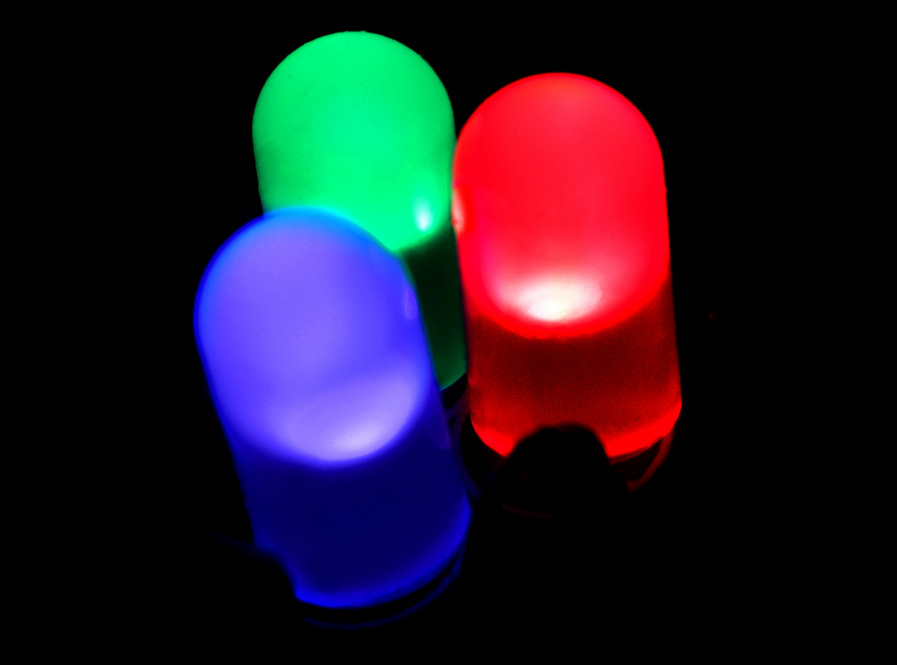How would/could you know that?The guy that keeps recommending those testers has never actually used one. I told you that it was a waste of money. You have to make cable adapters for most bikes to use the tester. By the time you've done that, you would have had your bike tested and fixed using a normal meter. Those meters were quite useful about 10 years ago, when Chinese bikes had a fairly standard wiring layout, and you had about a 50% chance of being able to connect directly, but they're pretty well useless today.
Have you forgotten that I live in Germany, and you certainly don't.
We have never met and we are are not friends, and I usually ignore your rude and coarse manner as much as possible, which is apparently your usual "state" when posting on Pedelec.
So you are again letting your overly imaginative brain, get well beyond the bounds of normal, online good manners again.......Do you realise :-
That's exactly what internet trolls do!
By the way, just so you know, at the end of 2019 possibly, well over a year ago and before COVID, I was invited by a friend of mine who has a bike shop, to watch one of his guys use such a tester.
I asked why he needed it and he says it saves him massive amounts of time when searching for some problem types. Also, he had made adapters for all the bikes that he sells for the tester (he actually has more than one!) and he can often know within minutes exactly what the fault is....... As using meters, often needs far more time and sometimes 4 hands......his words not mine.
I have myself also bought one sometime last year, and other than testing the tester out that it works, I have not had a problem to try it out in ernest yet!
Also, e-bike testers are SO cheap nowadays, and even though I have several multi-meters, a capacitance meter, two 'Scopes and an inductance meter, and the knowledge as how to use them all, I still feel that it was worthwhile buying a tester, so that I can for example connect it to the motor harness and watch the motor fields and the switching of all the hall effect sensors - ALL TOGETHER - and still have hands free to spin the wheel and I only need to connect ONCE.
To do the same with a multi-meter, either I would need 6 meters to check three fields switching and Hall effects switching, to observe them all together (impractical and MOST expensive) or connect 6 times......which is time consuming at the very least and multiplies the number of errors that might be made!
I know that you prefer multi-meters (you do keep telling us all again and again!), but as you are "in the bike business", if I remember correctly, that does seem to be a huge waste of your time......but your personal choice of course!
What you appear to not understand is that many people want a simple "GO NO GO" clear indication, and do not wish to learn how to connect and interpret Meter signals and how different components react.....Which is their free choice of course......
What I simply cannot understand from your standpoint, is to keep telling people that a multi-meter is better, when many of them have not got the training or the background to use one! Of course if you made some videos and documentation available to assist them better, that would be a nice thing to do, but how and when?
Also, that a reasonable quality multi-meter will often cost 50 UK Pounds upwards, but these e-bike test meters start at around 10 UK Pounds, and even if it gets broken, most here will simply go and buy a new one and at around 10 pounds a pop, and still save money over a single meter......
Also, meters, even quality ones, can get quickly damaged by people on the steep learning curve of electrics and electronics! Ones who forget to select the proper range and/or polarity, for example, but that you never seem to mention for some reason.
Just so we are clear, I myself prefer to have BOTH, sorry ALL, types of test instrument available, "just in case!"
That is MY CHOICE! Do you have something against that?
Why are you always looking out for an argument of some sort, is your ego SO inflated as it appears to be here on the pages of Pedelec.
I do wish most sincerely and hope, that you manage to grow up and soon and learn some better manners and how to use them!.
Do have a great day - I am!
Andy











